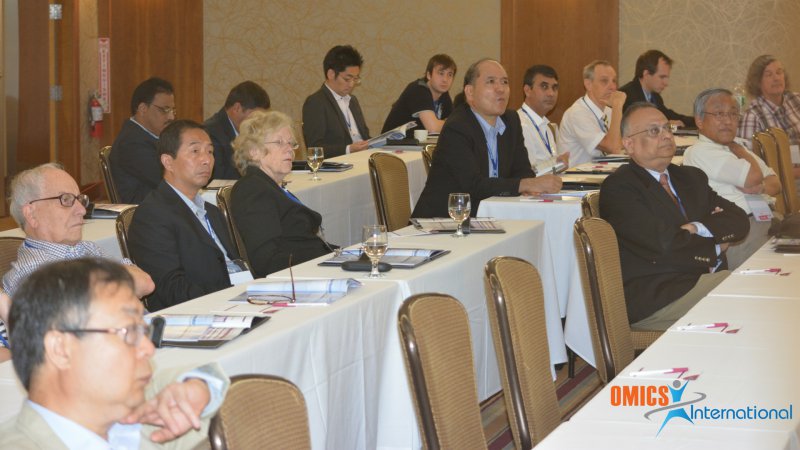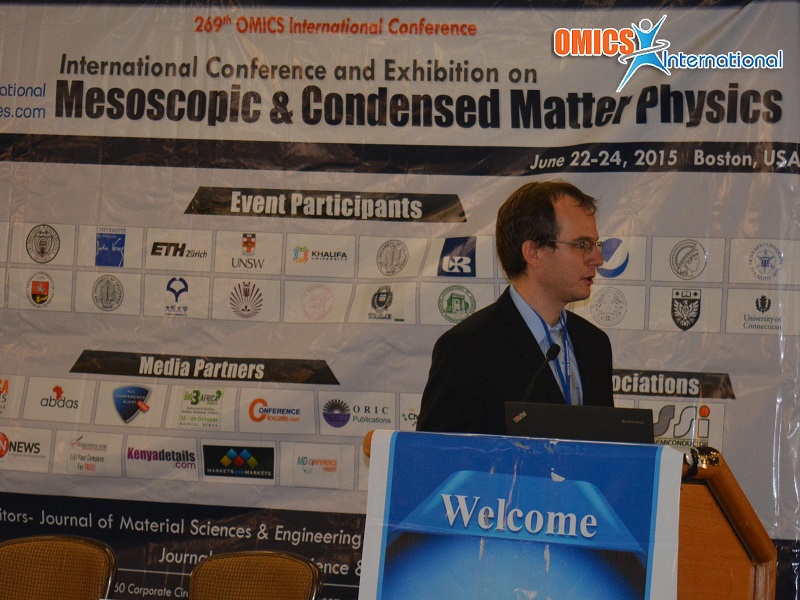
Jan Smotlacha
Joint Institute for Nuclear Research, Russia
Title: Topological defects in graphene nanostructures
Biography
Biography: Jan Smotlacha
Abstract
The graphene nanostructures are the materials derived from the hexagonal carbon lattice. Its structure can be changed by the supply of different kinds of defects, especially the pentagons or the heptagons. In this way, new materials are created – the fullerenes (nanospheres), nanotubes, nanocylinders, nanoribbons, nanocones, nanohorns, nanotoroids, nanowires etc. A wide variety of electronic and magnetic properties of these structures have been studied. They promise a potential use in nanoscale devices like quantum wires, nonlinear electronic elements, transistors, molecular memory devices or electron field emitters. One of the main characteristics of the electronic properties is the local density of states which gives the number of the electron states per the unit interval of energies and per the unit area of the surface. There are more ways how to calculate this quantity: By the direct calculation from the electronic spectrum, using the Green function method, by the application of the continuum gauge field-theory approximation etc. In our investigation, all the 3 methods were used: The continuum gauge field-theory approximation was used for the calculation of the electronic properties of the surface with the hyperboloidal geometry in the vicinity of the pentagonal and heptagonal defects, the Green function method and the energy spectrum were used for the calculation of the electronic properties of the nanocylinders and of the disclinated nanoribbons. Our latest research is connected with the properties of the graphene wormhole and the possibility of its construction. We are also interested in the effect of the spin-orbit interaction in the graphitic nanocone, in its influence on the local density of states and in possible application of this effect in atomic force microscopy.
Speaker Presentations
Speaker PPTs Click Here



